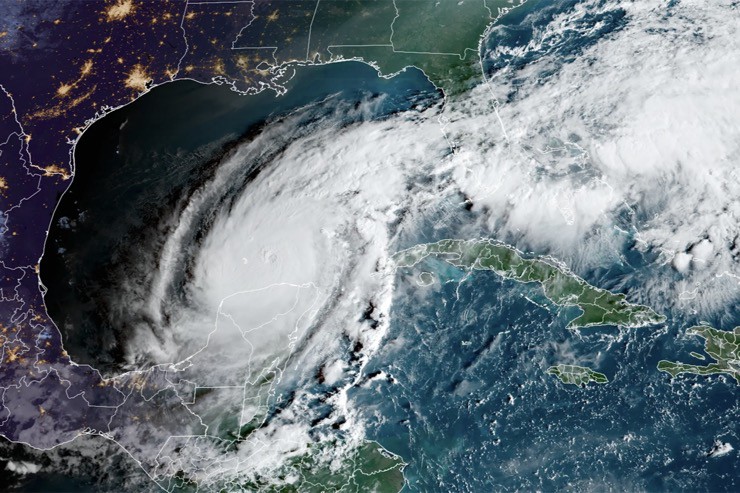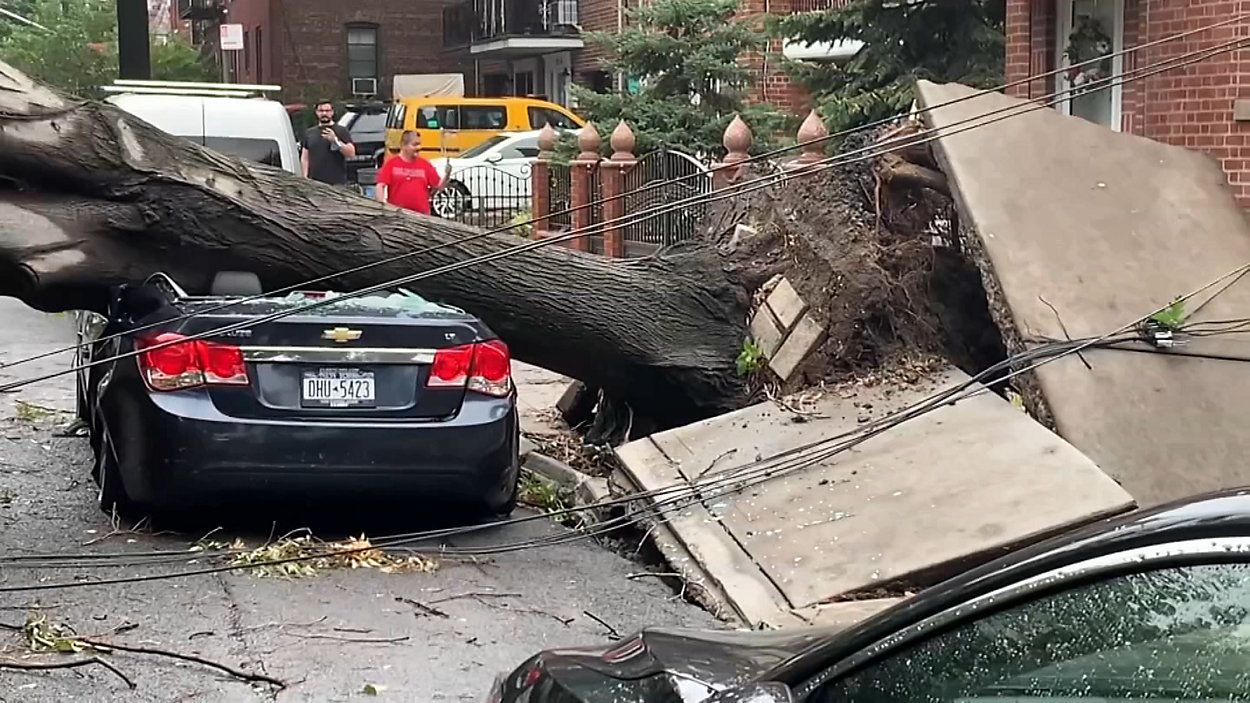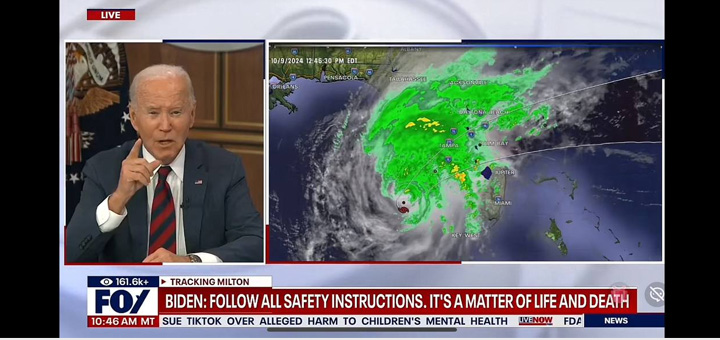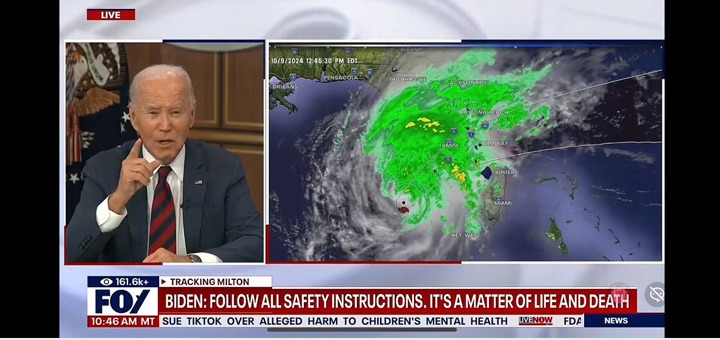ÚLTIMA HORA: El Superhuracán Milton alcanza el pico de tormentas en la Tierra, Florida enfrenta un desastre mientras la furia se desata… Ver más
Hurricane Milton, one of the most powerful storms ever recorded in the Gulf of Mexico, has reached hurricane status on Earth with wind gusts of more than 200 mph. The US state of Florida could face disaster as meteorologists warn of the devastating impact the storm could have.

Superstorm Milton has prompted experts to call for a new level update to the five-level hurricane forecast scale in the US.
Superstorm hits Earth’s limit
Hurricane Milton was recorded as the second strongest hurricane in the history of the Gulf of Mexico with wind gusts reaching 320 km/h at one point and sustained winds of 290 km/h. As of October 9, the storm had weakened slightly but remained very dangerous.
Hurricane Milton is “an incredible meteorological phenomenon,” said Noah Bergren, a meteorologist in Florida. “I can’t even find the words to describe it. Milton is almost at the limit of what hurricanes can be on Earth.”
Milton developed from a tropical storm with winds of 60 mph on Sunday morning. In just 36 hours, it has strengthened into a Category 5 hurricane with winds of 180 mph. That’s a rapid intensification, and if the storm reaches 190 mph winds, it will surpass a threshold that has only been reached by five hurricanes since 1980.
“Milton has probably reached the threshold of a Category 6 hurricane – a level never before established (in the US),” said Professor Michael E. Mann, a climate expert.
“Many recent storms have reached Category 6 intensity. The number of such storms will increase as the climate continues to warm,” warn Michael Wehner, a climate scientist at Lawrence Berkeley National Laboratory, and Jim Kossin, an adviser at the First Street Foundation.
However, there is currently no consensus in the United States on expanding the five-level hurricane scale.
What is a wind gust and how much damage can it cause?

Photo illustrating damage caused by a major storm.
Wind gusts are sudden bursts of wind speed that typically last less than 20 seconds, but can cause terrible damage. To be considered a gust, the wind speed must increase by at least 10 mph (16 km/h) above the sustained speed. Gusts can uproot trees, blow roofs off houses, or topple buildings.
Hurricane Milton will bring winds gusting up to 200 mph (320 km/h) to coastal areas, with “winds that can blow everything in their path, from houses to trees to vehicles,” one expert warned.
In addition to gusts, sustained winds are also a major threat. While not as powerful as gusts, their duration puts a constant strain on structures and objects, causing more severe damage. Sustained winds from Hurricane Milton can cause long-term and widespread damage.
Risks Americans Face from Hurricane Milton

Superstorm Milton’s rapid increase in intensity has surprised experts.
Floridians, especially those on the West Coast, are facing the threat of disaster as Hurricane Milton approaches. More than a million people are estimated to have been ordered to evacuate ahead of the storm’s arrival. “This could be one of the worst storms Florida has seen in 100 years,” President Joe Biden said at a press conference on October 8.
Hurricane Milton has raised serious concerns about the rapid strengthening of storms, what climate experts call “rapid intensification.” This is when a storm increases in strength by at least 35 mph (56 km/h) in 24 hours. This storm exceeded that threshold, increasing its speed by more than 90 mph (144 km/h) in just 24 hours.
The Gulf of Mexico has been a record warm, with water temperatures 2 to 3 degrees Celsius above average. This has fueled the storm, turning it into a monster storm. Warmer waters not only create stronger winds but also increase the amount of rain, creating the risk of widespread flooding. Flooding and storm surge warnings have been issued across coastal areas.
Some areas will face severe damage not only from strong winds but also from flooding, as Milton is expected to bring major storm surges. Experts say rebuilding from the storm could take months, if not years. “People will face terrible challenges as they try to rebuild their lives after this storm,” said one local official.

